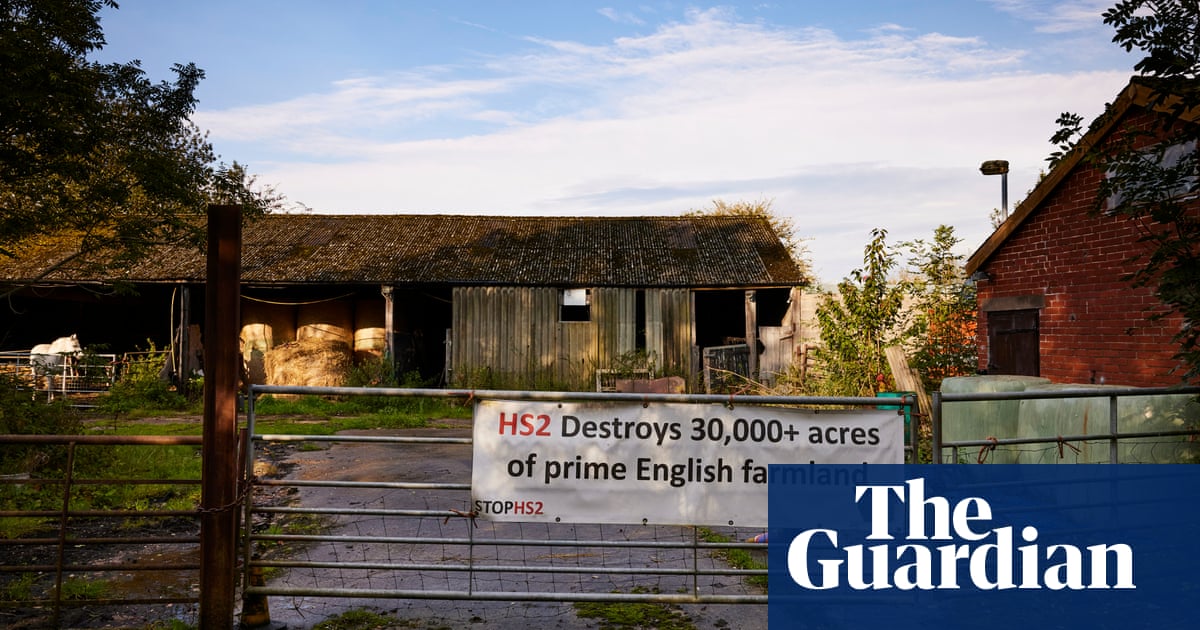
The long-running battle to build an underground nuclear waste facility in the north of England has run into fresh problems, as communities reacted with shock to the news that they were being considered as locations.
The north-east port town of Hartlepool is one of the sites in the frame as a potential site for a geological disposal facility (GDF), while a former gas terminal point at Theddlethorpe, near the Lincolnshire coast, is another. Cumbria, where much of the waste is stored above ground, is also being considered.
Victoria Atkins, a government minister and the MP for Louth and Horncastle, said she was “stunned” by the prospect that her constituency could host a GDF, claiming that the Conservative-controlled Lincolnshire county council’s engagement with the government’s radioactive waste management group had been kept hidden from her.
The facility is intended to deal with the long-running problem of nuclear waste storage by providing a safe deposit for approximately 750,000 cubic metres of high-activity waste hundreds of metres underground in areas thought to have suitable geology to securely isolate the radioactive material. The waste would be solidified, packaged and placed into deep subterranean vaults. The vaults would then be backfilled and the surrounding network of tunnels and chambers sealed.
The UK would be following the example of Finland, where a geological repository for high-level spent nuclear fuel is under construction at Olkiluoto. A handful of other countries are considering similar schemes in an attempt to tackle the long-term dilemma of radioactive waste management.
Between 70% and 75% of the UK’s high-activity radioactive waste, which would be designated for the GDF, is stored at the Sellafield facility in west Cumbria. The sources of the waste include power generation, military, medical and civil uses.
Existing international treaties prohibit countries from exporting the waste overseas, leading some scientists to argue for underground burial that, they say, would require no further human intervention once storage is complete.
Politicians first started talking about a GDF in the 1980s. This latest attempt would need a public consultation plus varying levels of approval, and would mean that, at the earliest, waste could be deposited there in the 2040s. It would resolve the long-term dilemma of radioactive waste storage “for a generation”, according to Prof Geraldine Thomas, a molecular pathologist at Imperial College London who also sits on the government’s radioactive waste management committee (RWM).
“People sometimes think storage will mean a lot more waste is going to accrue from new nuclear activity. But, actually, new nuclear developments are producing less and less waste. And we’ve got so much legacy waste that we need to get on and do something about it soon.”
Alongside job creation and investment promises, financial incentives worth £1m and £2.5m are on offer for communities that sign up to the engagement process, which has already led to nominations for two Cumbrian boroughs. Drop-in sessions are being held across Copeland and Allerdale by area-specific working groups that would help deliver the GDF.
“We try to stress as best we can that engagement does not commit communities to anything and they can always pull out at a later stage,” said Steve Reece, head of siting at the RWM. “We see it more as the beginning of a long journey.”
However, the proposals have stirred up strong local feeling among both community leaders and residents, and accusations of secrecy have been levelled at councils and the RWM in recent weeks.
In north-east England, the political fallout generated by news of the GDF “early stage” discussions triggered the resignation of Hartlepool council’s deputy leader, Mike Young, on Tuesday evening.
“We are making huge strides in Hartlepool and across Teesside and Darlington,” the Tees Valley mayor, Ben Houchen, said following the decision. “And the last thing we need as we sell our region to the world is to be known as the dumping ground for the UK’s nuclear waste.”
Cumbria county council, which resisted the last efforts to site a GDF locally in 2013, has declined to take part in either of the two existing working groups, saying its involvement would give the process “a credibility it doesn’t deserve”.
There is already considerable opposition from local groups. “The vast majority of people here are horrified by the GDF,” said Jane Bright, a Mablethorpe resident and spokesperson for the Guardians of the East Coast campaign. “I should think it’s no more welcome elsewhere. But there’s a lot of pride in this area and we’ll fight this for as long as it takes.”
Marianne Birkby, a Cumbrian resident and founder of the Radiation-Free Lakeland group, said: “We’re seen as the line of least resistance here. In Cumbria, we’ve been there before with this. Now people are now trying to get their heads around it again, in the middle of a pandemic. This dump would essentially make us a sacrifice zone to the nuclear industry.”












